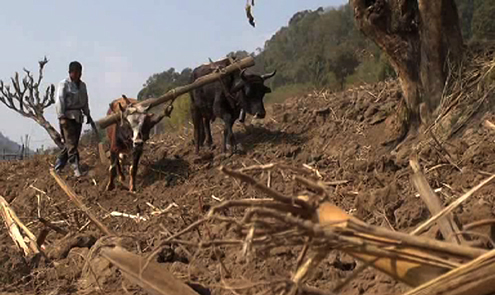 The agriculture sector, once considered the highest emitter of Green House Gas (GHG) in Bhutan, is today behind industries and transport sector. While emission from the agriculture sector remained constant, industries and transport continue to emit increasing amounts of green house gas.
The agriculture sector, once considered the highest emitter of Green House Gas (GHG) in Bhutan, is today behind industries and transport sector. While emission from the agriculture sector remained constant, industries and transport continue to emit increasing amounts of green house gas.
A few years ago, the agriculture sector was considered the highest GHG emitter in the country followed by industries and transport. Today things have reversed with industries and transport ahead of farming.
Livestock produce, methane emission through belching, gases released from livestock produce, fertilizers, manures, and burning of crop residues contribute to green house gas emission.
According to officials from the National Environment Commission, gases released by the agriculture sector, such as methane is 20 times more potent than carbon dioxide and nitrous oxide, 310 times more potent. These gases remain trapped in the atmosphere consequently warming up the earth.
Earlier, Bhutan emitted mostly methane but with growing industries and increasing number of cars, the rate of carbon dioxide emission in the country has also increased significantly.
Cement industries release carbon dioxide during the manufacturing phase.
“There are six green house gases but primarily in Bhutan we can trace to three major gases carbon dioxide, methane and nitrous oxide. We burn fossil and fuels for increasing number of cars,” said Chief of Climate Change Division, Thinley Namgyel.
Thinley Namgyel said, to reduce the effects of climate change, Bhutan should continue to maintain its forest cover so that the emission is always lesser than the absorptive capacity of the forest.
Today, the forest absorbs three times more than the total amount of green house gases releases.









